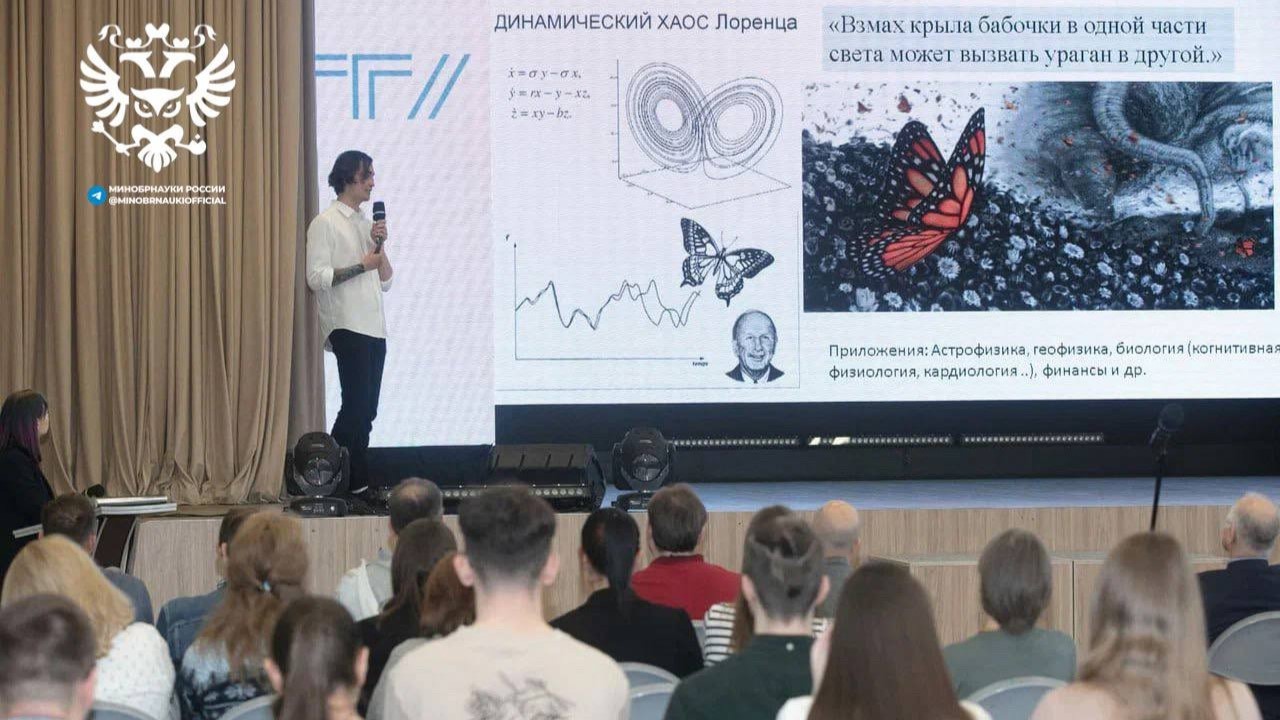Information Entropy Method Pioneers Fracture Prediction

TSU scientists have established a correlation between the change in material behaviour at the micro-level during plastic deformation, which inevitably ends in macroscopic loss of stability and fracture, and the increase in the amount of information contained in the flow of acoustic emission (AE) signals—the ultrasonic scream that the material emits during its deformation. The amount of information is, in some sense, a measurable quantity like volume or velocity, and it is characterised by Shannon's information entropy. Studies were carried out on silver and copper samples, simultaneously recording tensile diagrams and acoustic emission signals.
Materials, including metallic ones, from which all structures are made, gradually deteriorate in operation. This leads to economic losses and sometimes man-made disasters. To avoid this, scientists all over the world try to predict the moment when a fracture starts. In particular, they use the method of acoustic emission: special high-frequency sensors are fixed on the metal, which hear the ultrasound emitted by the metal and record the current state of the object.
Employees of the TSU Research Institute of Progressive Technologies (RIPT), junior researcher, Ph.D. in Physics and Mathematics Einar Agletdinov, and leading researcher, Doctor of Physics and Mathematics Igor Yasnikov, applied a relatively new method of statistical processing of AE signals —quantitative recursive analysis (QRA), calculating how the Shannon entropy changes. Its growth indicates a critical change in the current state of the material, associated with a sharp increase in the number of little predictable but large-scale events. In everyday life, such events correspond to the notion of sensation—something out of the ordinary.
“The QRA method is widely and successfully used for processing various signals not only in physics but also in economics, climatology, oceanology, and medicine, but the QRA method has never been applied to acoustic emission before,” says Einar Agletdinov. “The value of our work is in the fact that by applying this coupling, we first calculated the critical moment when irreversible processes leading to material destruction occur, and then we were able to confirm the theory in practice by conducting an experiment.”
Recording a continuous stream of AE signals without special methods of analysis does not allow us to determine the beginning of any serious changes. In the described work, scientists have learnt to identify the moment of explosive growth of Shannon entropy from the analysis of the flow of AE signals, which indicates multiple complications of the process.
The researchers also analysed experimental stress-strain curves, with which the AE was recorded simultaneously. Thereon, on the basis of ideas about the physics of the plastic deformation process, they determined the points at which the stress-strain curves change their character. The first point coincided with the moment of explosive growth of Shannon entropy. It is the moment when, presumably, the destructive changes in the material as precursors of the complete destruction of the sample begin.
It is important that, in order to determine such a critical point on the stress-strain curve, the sample should be brought to destruction, and the moment of a sharp change in Shannon entropy corresponding to it can be determined almost simultaneously with this change. That is, by combining the QRA and AE methods, the sample does not have to be destroyed to determine the moment when a fracture is just beginning.
So far, this is a fundamental work, but it has great potential in the future to become the basis of an effective methodology for predicting the fracture of real products.
The article by TSU scientists with the results of the experiments was published in English in Physical Review, the most prestigious scientific journal in physics that has existed since 1893. For 130 years, it has published fundamental articles that have defined the development of physical thought, from measuring the electron charge to predicting the existence of the Higgs boson 50 years before its discovery.
The research was financially supported by the Russian Science Foundation as part of scientific project No. 22-72-00117.
1868
views